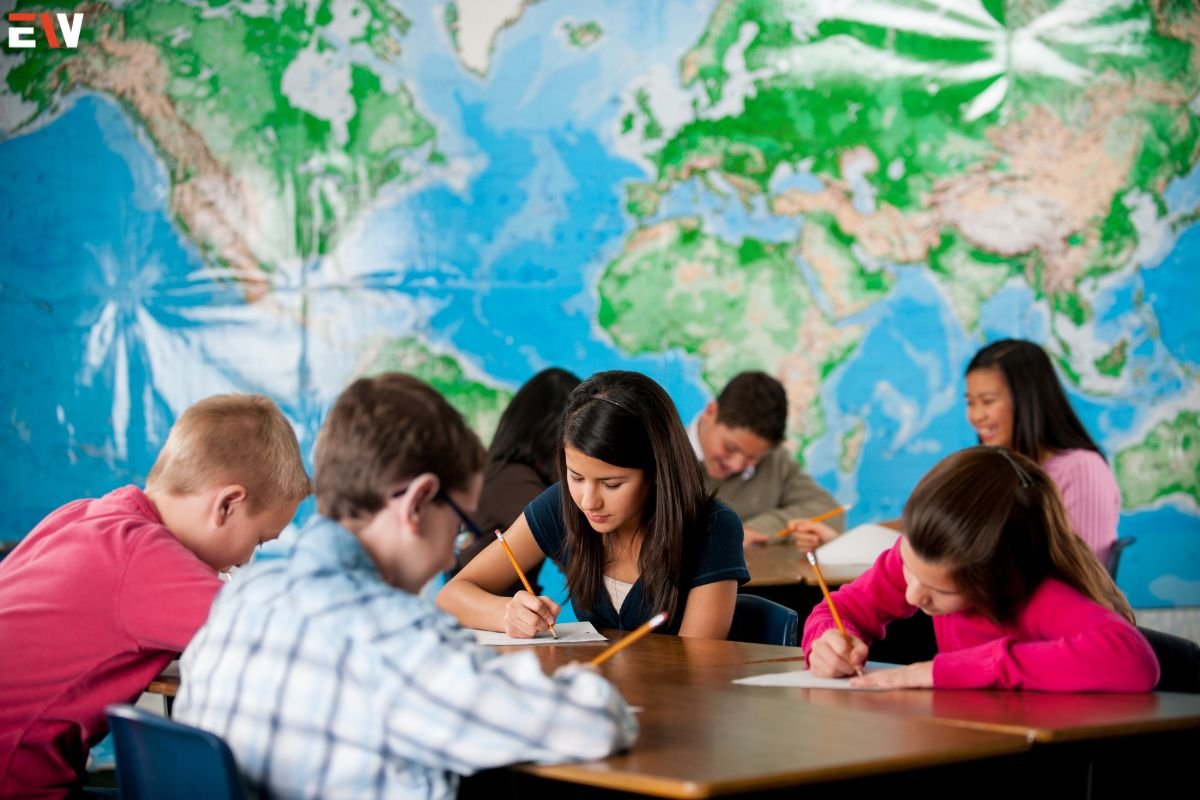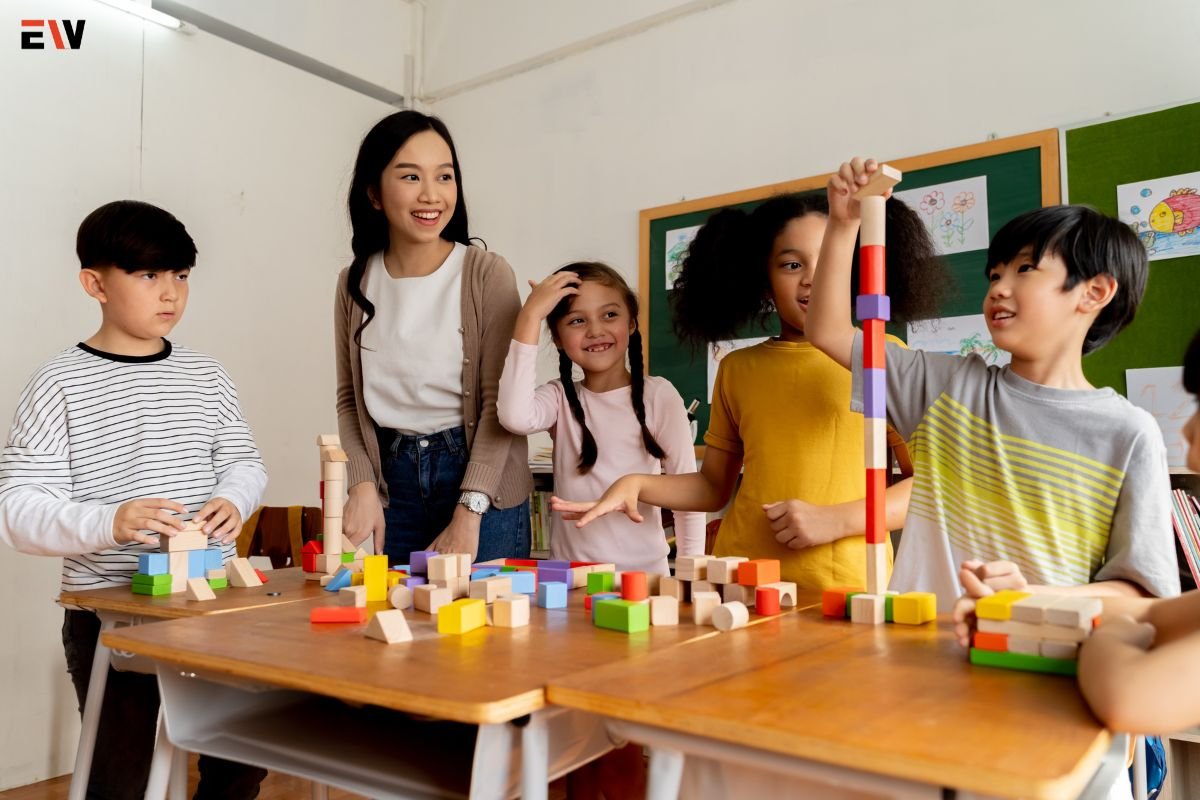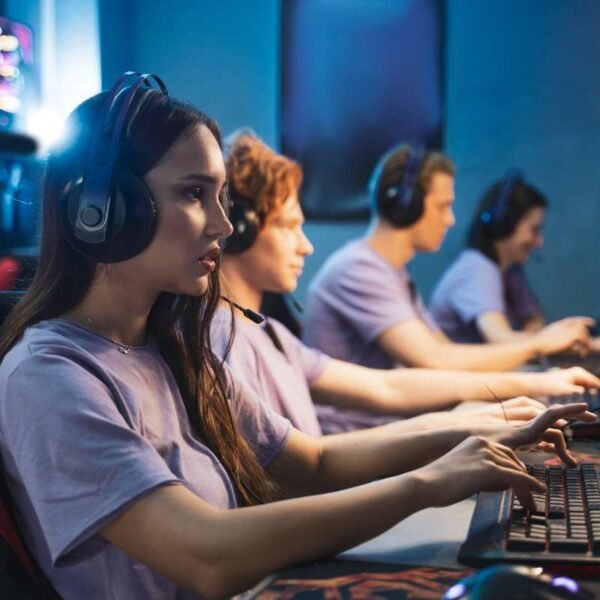Dynamic Learning Maps (DLM) represent a transformative approach to education, providing personalized learning experiences tailored to individual student needs. In this comprehensive guide, we’ll delve into the concept of Dynamic Learning Maps, explore their significance in education, discuss how they work, and examine their impact on teaching and learning.
Understanding Dynamic Learning Maps (DLM)
Dynamic Learning Maps (DLM) are interactive, adaptive learning frameworks designed to assess and support student learning across diverse academic domains. Unlike traditional static learning models, DLMs adjust and evolve in real-time based on students’ progress, preferences, and areas of need, providing personalized learning pathways that optimize engagement and achievement.
How Dynamic Learning Maps Work
1. Assessment Design
DLMs are built upon comprehensive assessment frameworks aligned with academic standards and learning objectives. These frameworks encompass a range of knowledge, skills, and competencies across subject areas, serving as the foundation for personalized learning experiences.
2. Individualized Learning Paths
Upon completion of initial assessments, students are presented with personalized learning paths tailored to their unique learning profiles. These paths leverage adaptive algorithms to identify areas of strength and weakness, recommend targeted learning activities, and dynamically adjust content based on student performance and progress.
3. Adaptive Feedback and Support
Throughout the learning journey, students receive adaptive feedback and support in the form of real-time assessments, instructional resources, and interactive learning experiences. This feedback loop promotes self-assessment, reflection, and continuous improvement, empowering students to take ownership of their learning.
4. Progress Monitoring and Reporting

Educators have access to real-time data and analytics dashboards that provide insights into student progress, engagement, and achievement. This data-driven approach enables educators to monitor student performance, identify areas for intervention, and differentiate instruction to meet diverse learning needs.
Benefits of Dynamic Learning Maps
1. Personalized Learning
DLMs provide personalized learning experiences tailored to individual student needs, preferences, and learning styles, fostering deeper engagement and motivation.
2. Differentiated Instruction
DLMs support differentiated instruction by adapting content, pacing, and instructional strategies to accommodate diverse learning profiles and abilities, ensuring that all students have opportunities to succeed.
3. Continuous Improvement
By tracking student progress and performance in real-time, DLMs enable educators to identify trends, patterns, and areas for improvement, informing instructional decision-making and promoting data-driven practice.
4. Accessibility and Inclusivity
DLMs promote accessibility and inclusivity by providing alternative pathways to learning, accommodating diverse learning needs, and supporting students with disabilities or special educational requirements.
5. Efficiency and Scalability

DLMs streamline assessment and instructional processes, reducing administrative burdens and enabling educators to focus their time and resources more effectively on supporting student learning.
Challenges and Considerations
1. Technology Integration
Implementing DLMs requires robust technology infrastructure, including access to devices, internet connectivity, and digital learning platforms, which may pose challenges in resource-constrained environments.
2. Data Privacy and Security
Protecting student data and ensuring compliance with data privacy regulations are paramount considerations in DLM implementation, requiring clear policies, procedures, and safeguards to safeguard sensitive information.
3. Professional Development
Educators may require training and support to effectively leverage DLMs in their instructional practice, including guidance on assessment design, data interpretation, and instructional adaptation.
4. Equity and Access
Ensuring equitable access to DLMs for all students, regardless of socioeconomic background or geographic location, is essential to prevent exacerbating existing disparities in educational opportunity and achievement.
Future Directions and Innovations
1. Artificial Intelligence (AI) Integration
AI-powered algorithms can enhance DLMs by providing more sophisticated adaptive learning experiences, predictive analytics, and personalized recommendations based on advanced data analysis and machine learning techniques.
2. Virtual and Augmented Reality (VR/AR) Applications
VR/AR technologies have the potential to transform DLMs by immersing students in interactive, immersive learning environments that simulate real-world scenarios and provide hands-on learning experiences.
3. Gamification and Game-Based Learning

Gamification elements, such as badges, rewards, and leaderboards, can enhance engagement and motivation in DLMs by incorporating game-like features and mechanics into the learning experience.
4. Collaborative Learning Spaces
DLMs can facilitate collaborative learning experiences by connecting students with peers, educators, and experts from around the world, fostering collaboration, communication, and knowledge sharing across diverse communities of learners.
Conclusion
Dynamic Learning Maps represent a paradigm shift in education, offering personalized, adaptive learning experiences that empower students to reach their full potential. By harnessing the power of technology, data, and personalized learning pathways, DLMs have the potential to revolutionize teaching and learning, promote equity and inclusivity, and prepare students for success in the 21st-century knowledge economy.
As educators, policymakers, and stakeholders continue to explore and embrace DLMs, it is essential to prioritize collaboration, innovation, and continuous improvement to ensure that all students have access to high-quality, personalized learning experiences that enable them to thrive in an ever-changing world.










